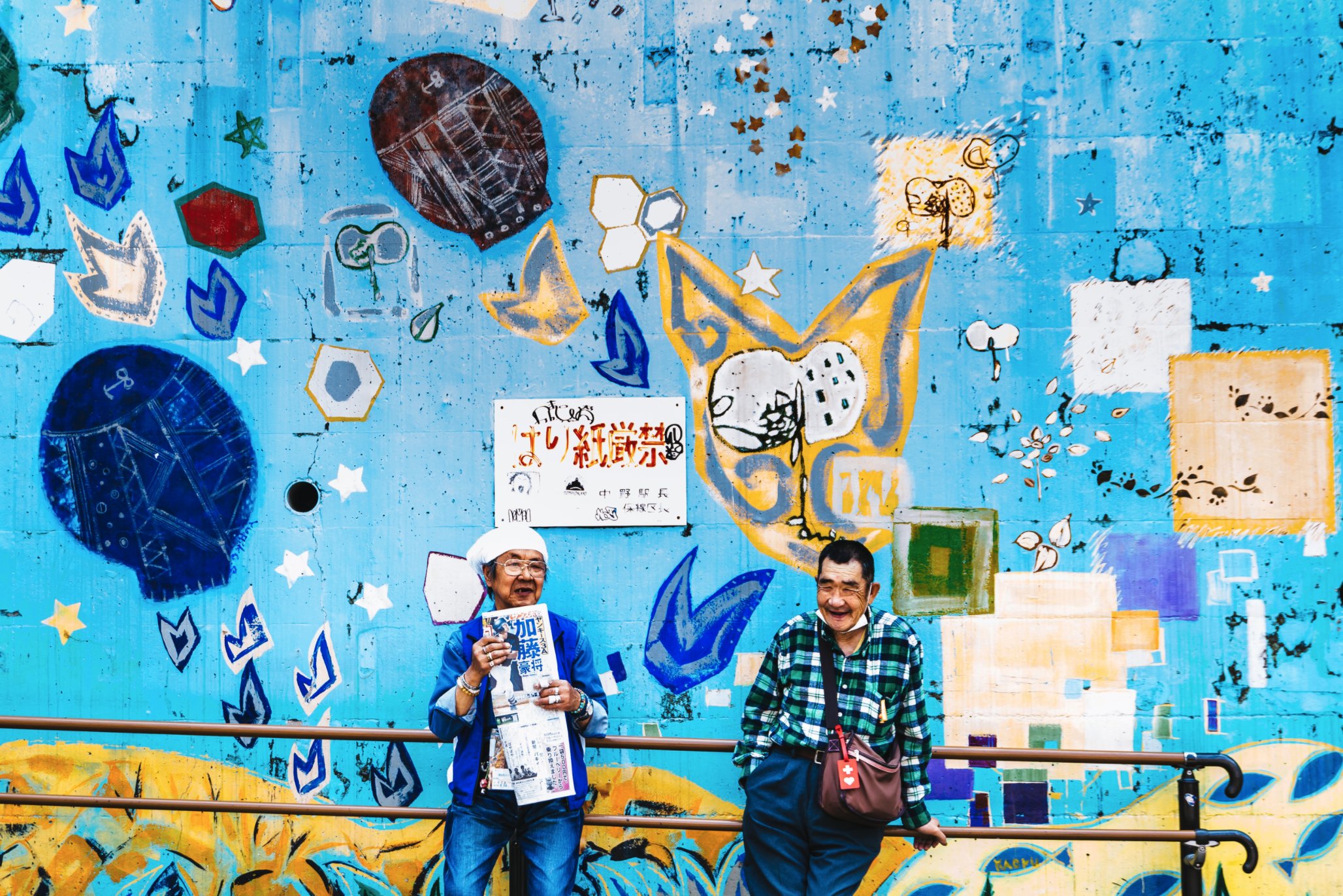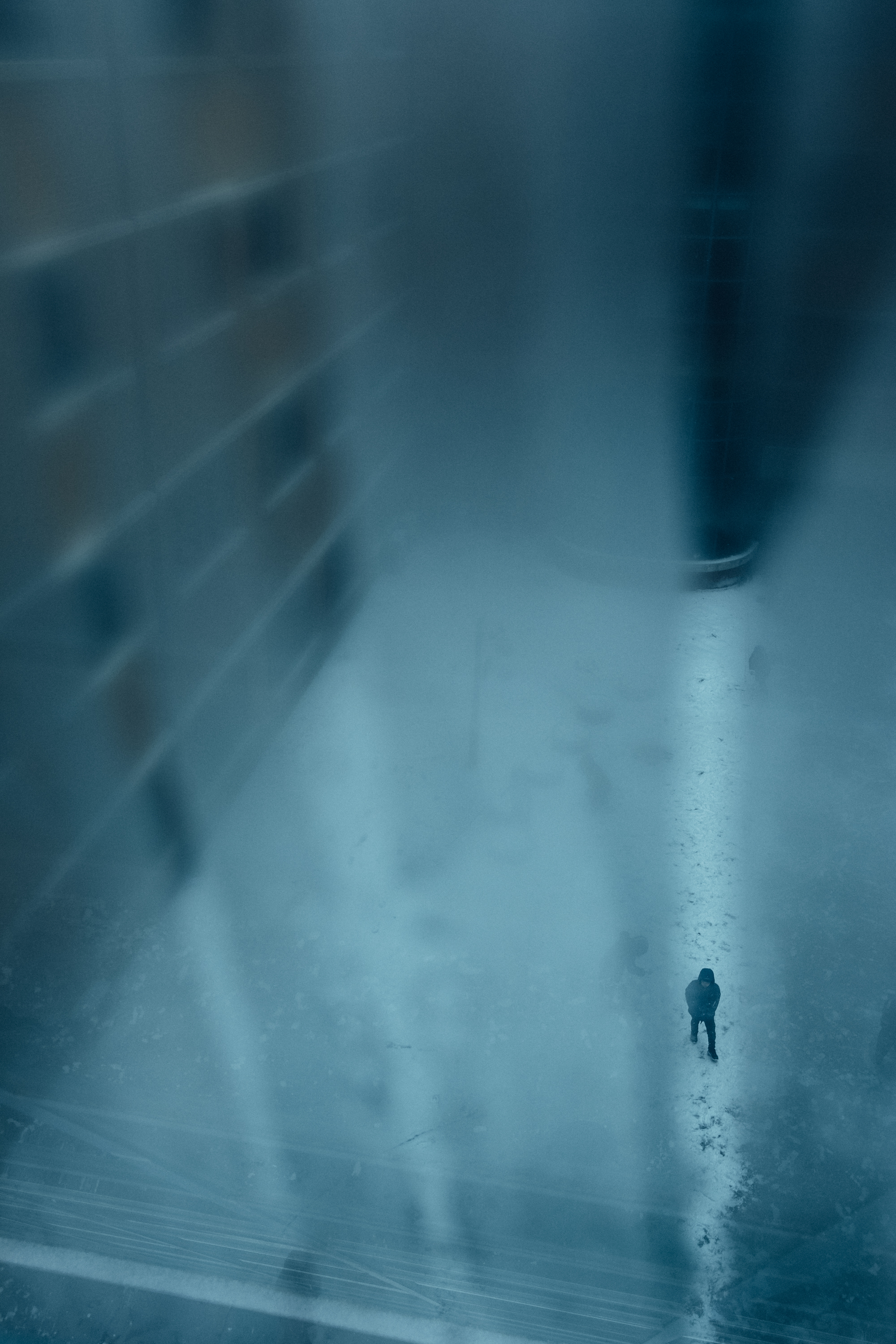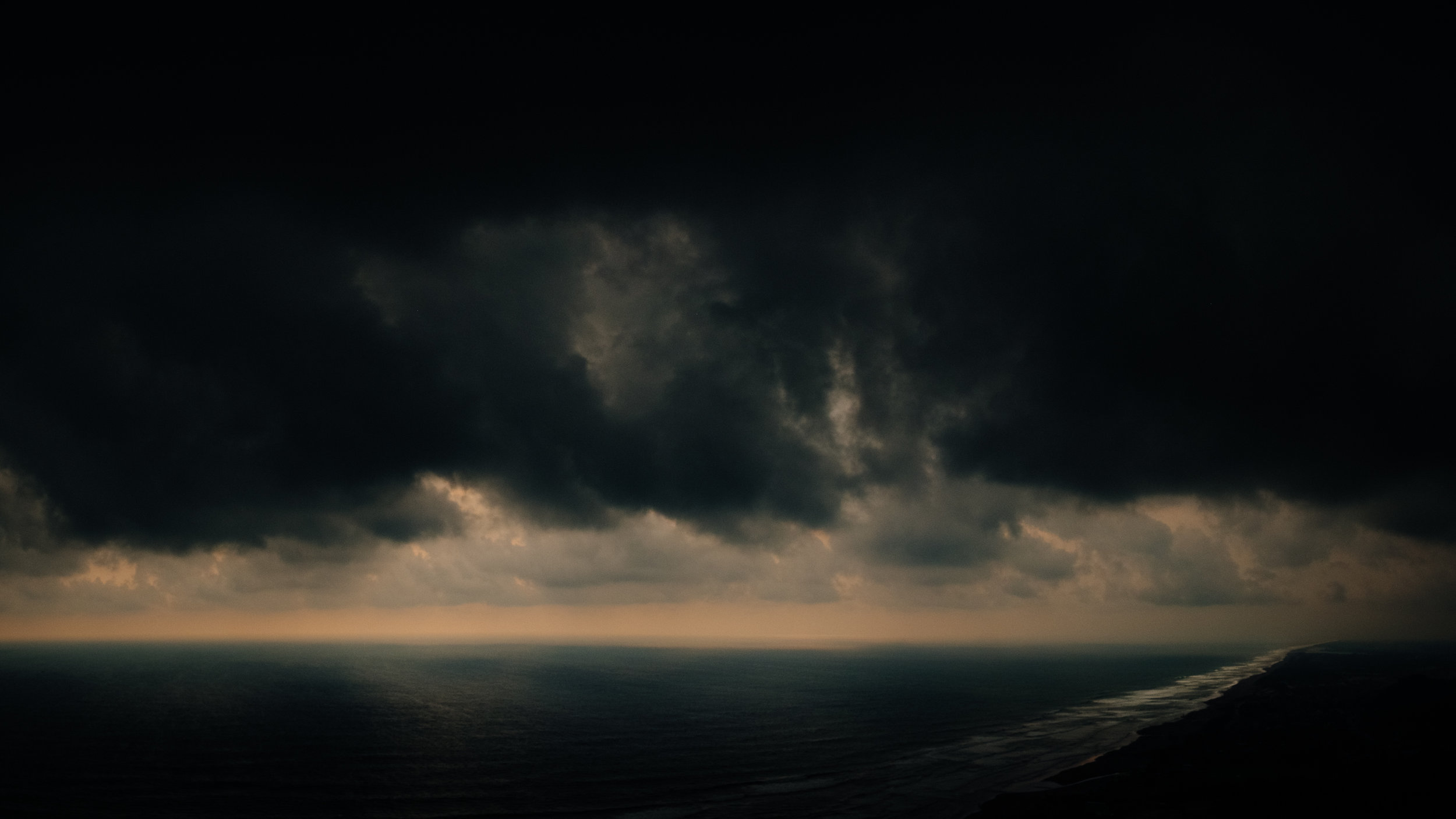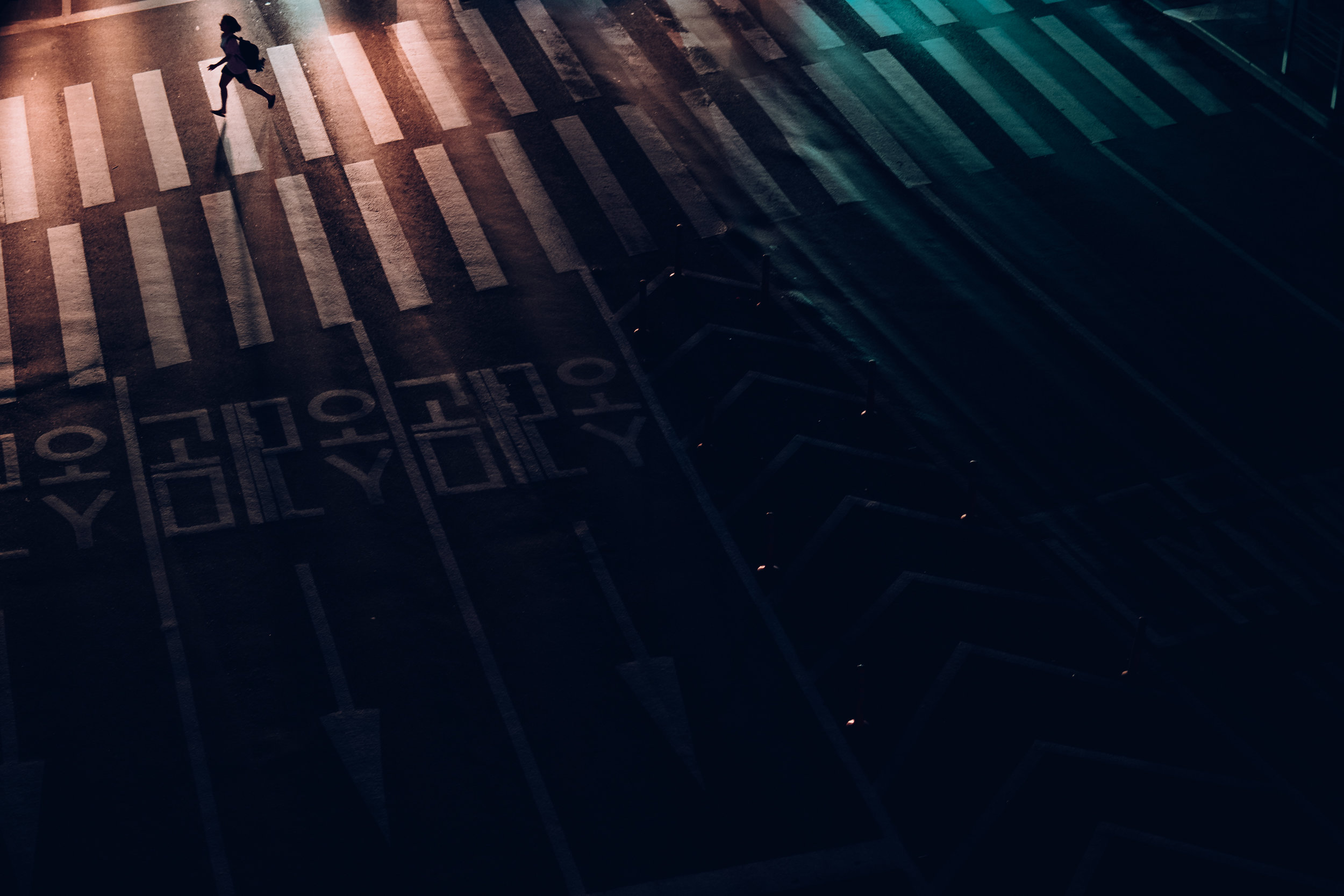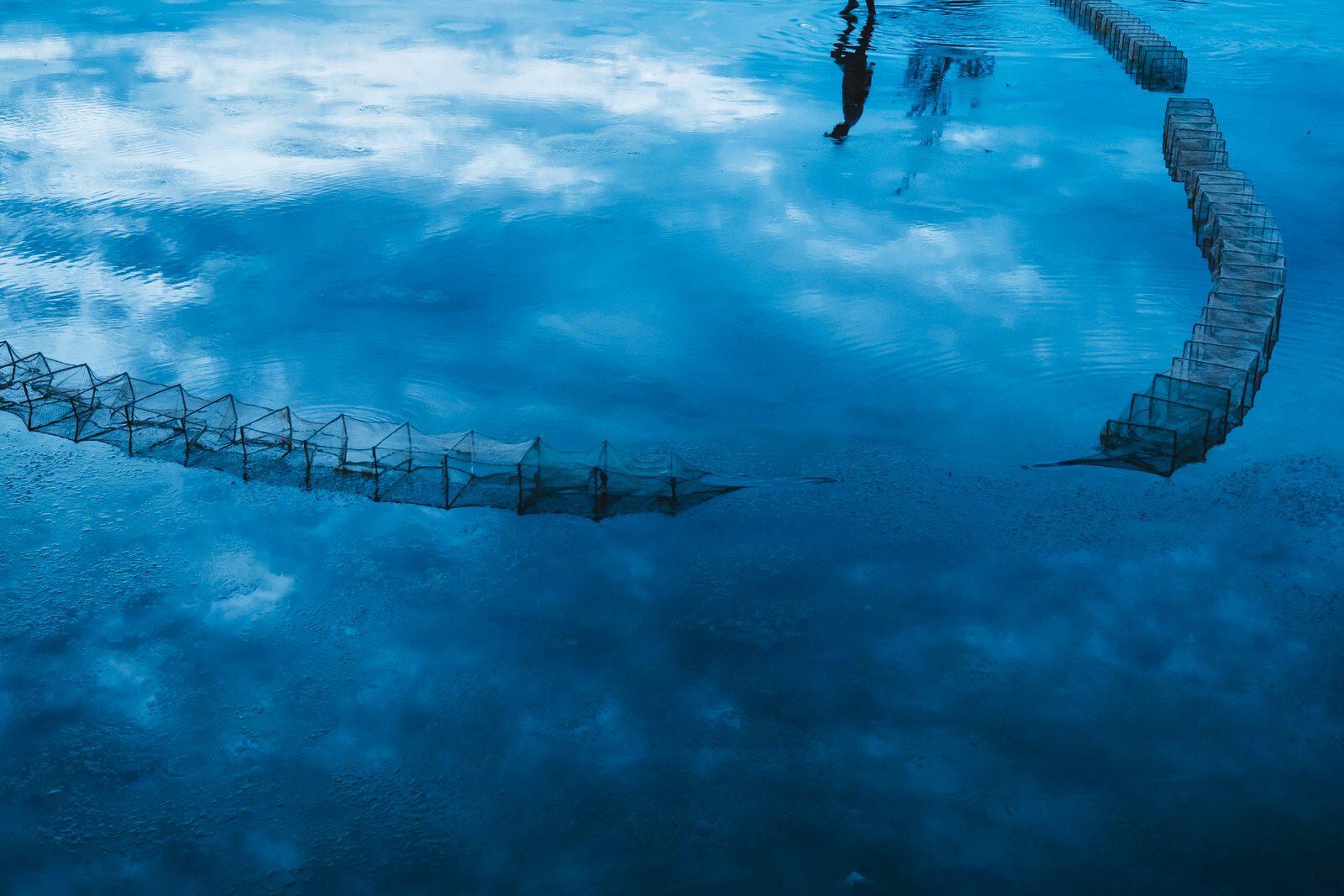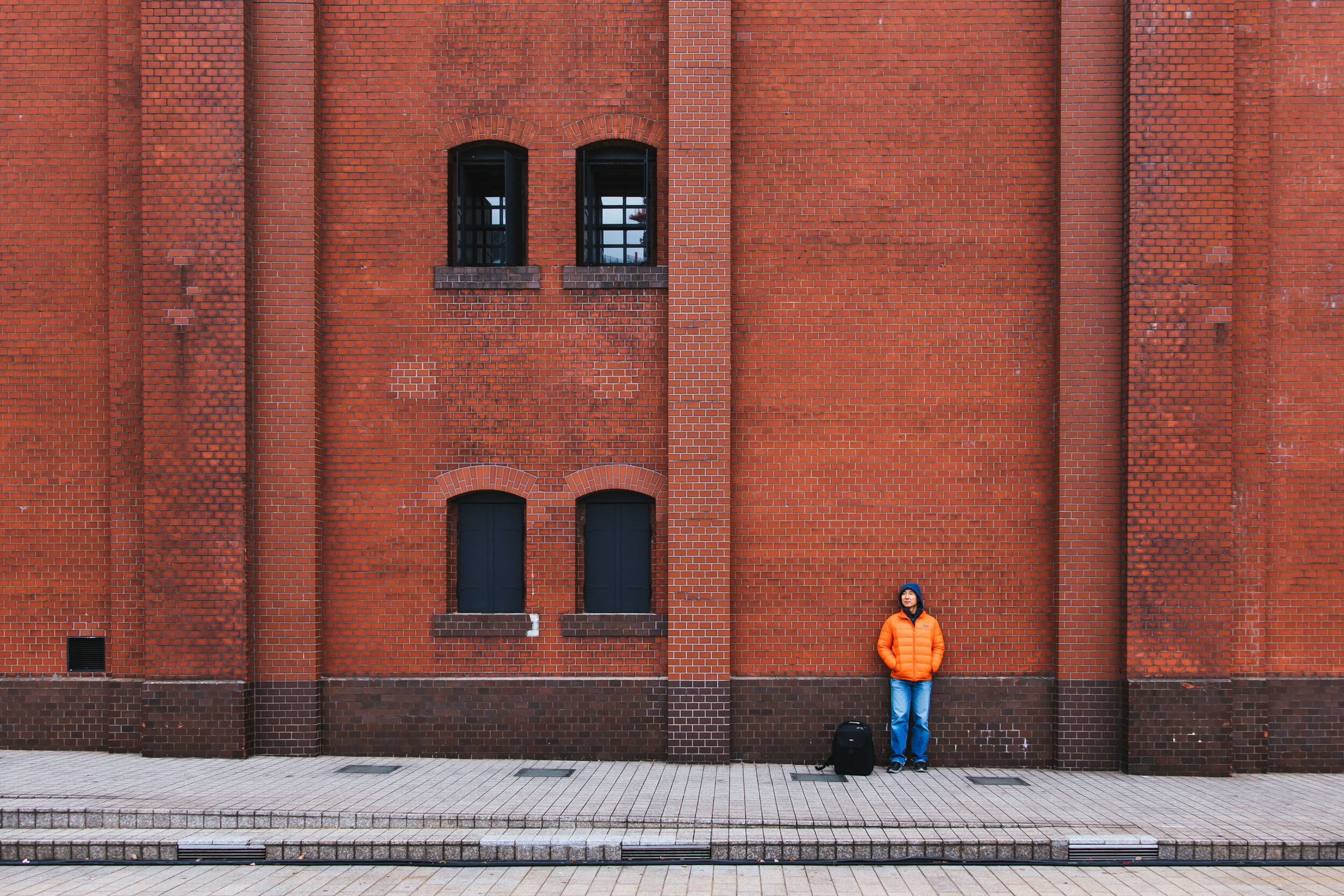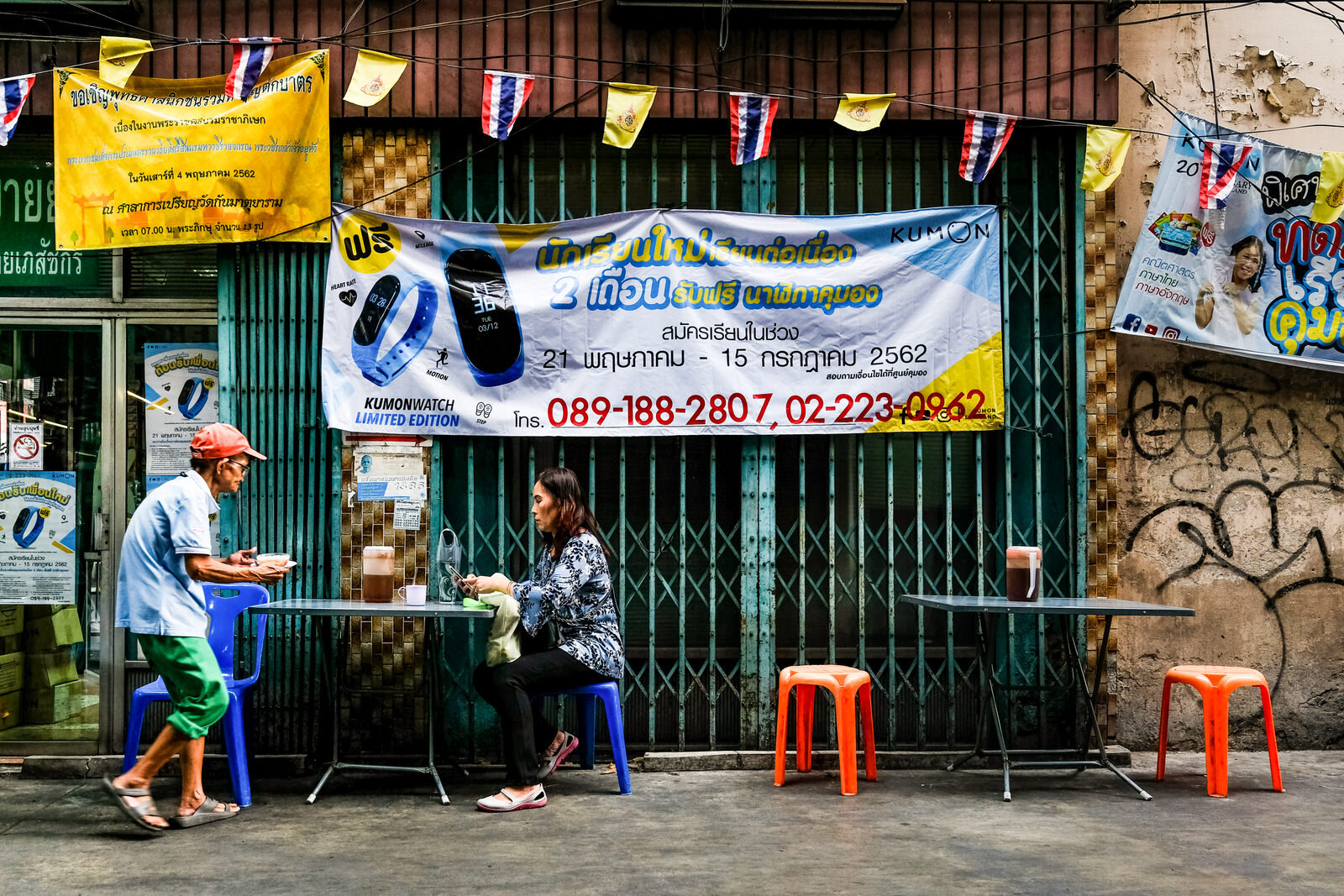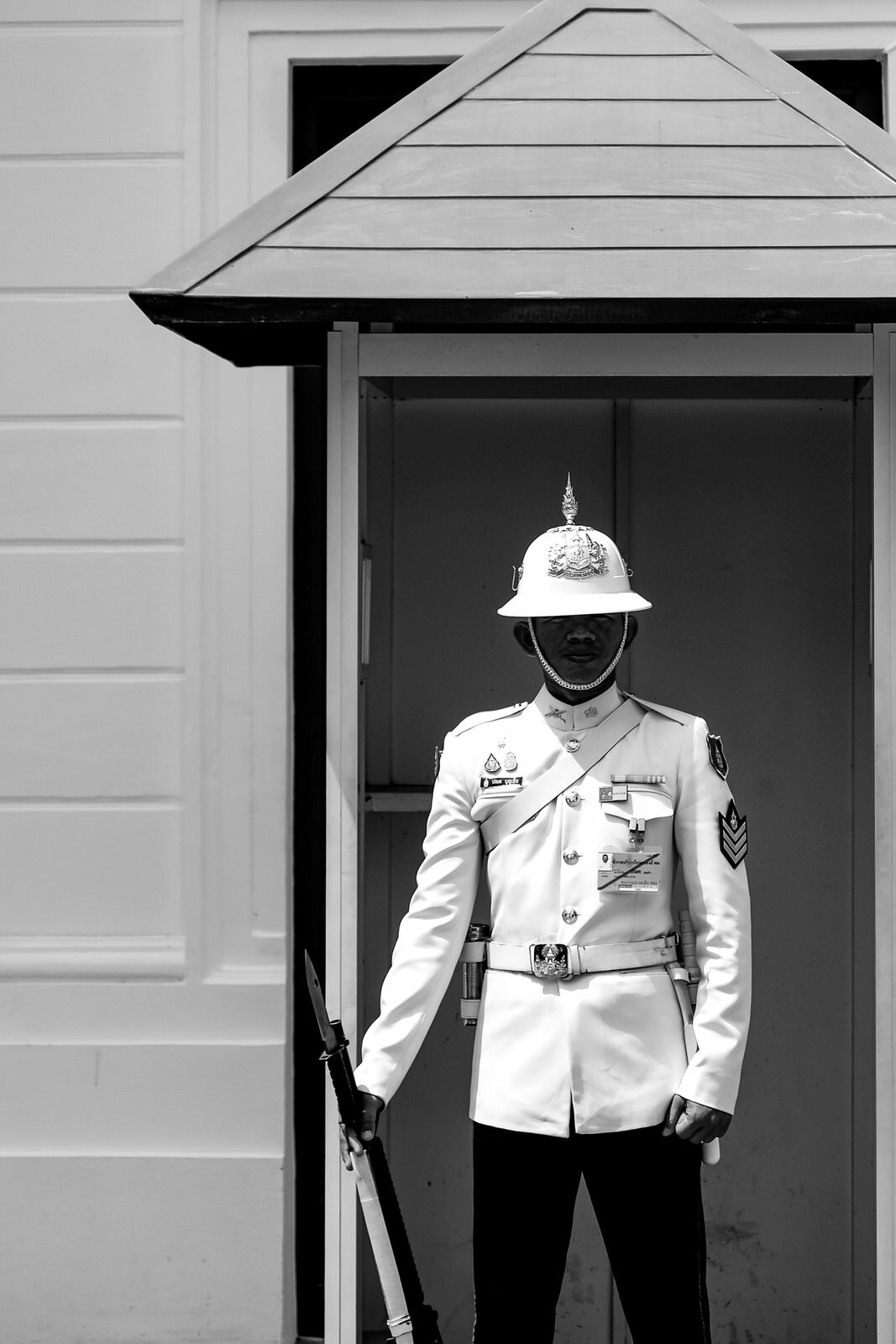You have ten seconds to describe yourself. Go…
I'm a South African living and working in South Korea. I've been here for almost eight years now. I currently specialize in portraiture, family, wedding, and travel photography. I love watching train videos on Youtube. Trains drivers in Switzerland mount GoPro's on their dashboards and upload them. Judge all you want. It's incredibly therapeutic.
What are your passions outside of the photography world?
If by passions, you mean inspiration, then music is a huge one. Quite often, music is what drives the conceptualization process. I've gravitated towards film a lot recently, too. I enjoy studying angles, light, and character development. With this virus lockdown, I've been able to catch up on many films.
You grew up in South Africa. Can you tell us a bit about that experience? How do you feel that those formative years influenced you as a photographer?
I come from Cape Town, and that means a few things. Mountains in every direction and two oceans that surround the city. I traveled to school by bus every day, a 25-minute ride. Twenty of the twenty-five minutes was spent staring at the seaside. At school, the classroom windows had views of the sea and mountains. I think this is where I developed a fondness for daydreaming.
Culturally and politically, things are rather complicated in South Africa. Trevor Noah and I share the same ethnicity so you might already have heard a bit about the context of South Africa. As coloreds, a socially accepted term used in South Africa to refer to mixed-race people, there is a conflict surrounding the identification of our traditions, cultural norms, and even cultural identity. The apartheid did a great job of stripping us of that. I think photography helped fill a lot of the gaps for me personally.
Unfortunately, I couldn't have started the process of becoming a photographer in South Africa. Then, photography was still seen as suitable only for a specific demographic due to it being expensive. This meant that photography was very elitist and that only wealthy people could engage in it. Only in the last 5-7 years has this started to change.
I think South Africa helped me to be extremely vigilant of my surroundings, too. I'd leave work between 6, and 6:24 am every morning, and during dark winter mornings I would have to check behind the driveway gate and down both sides of the streets because morning car hijackings are popular. I would always change the exact time to leave because regular patterns are your worst enemy.
I’m glad that you are in a space where you can photograph freely. In your best assessment, what was the most significant milestone in your journey as a professional photographer?
It's hard for me to single out big moments that helped me to get where I am now. I think many things came together at the right time and that was coupled with my obsession with self-learning. If I have to choose one significant milestone, then it would be moving to Korea and being allowed to explore the craft freely. Without the move, I think I would never have considered getting a camera in the first place.




















